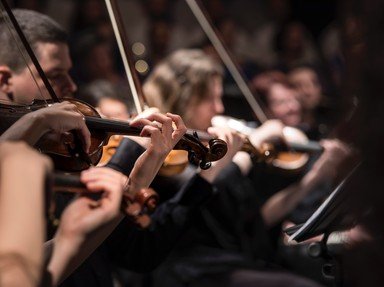
My Country 'Tis Of Thee Trivia Quiz
Many classical composers have written pieces, such as tone poems and overtures, that are inspired by the landscape, history, and folklore of the country of their birth. Can you match these composers with their patriotic works?
A matching quiz
by stedman.
Estimated time: 3 mins.